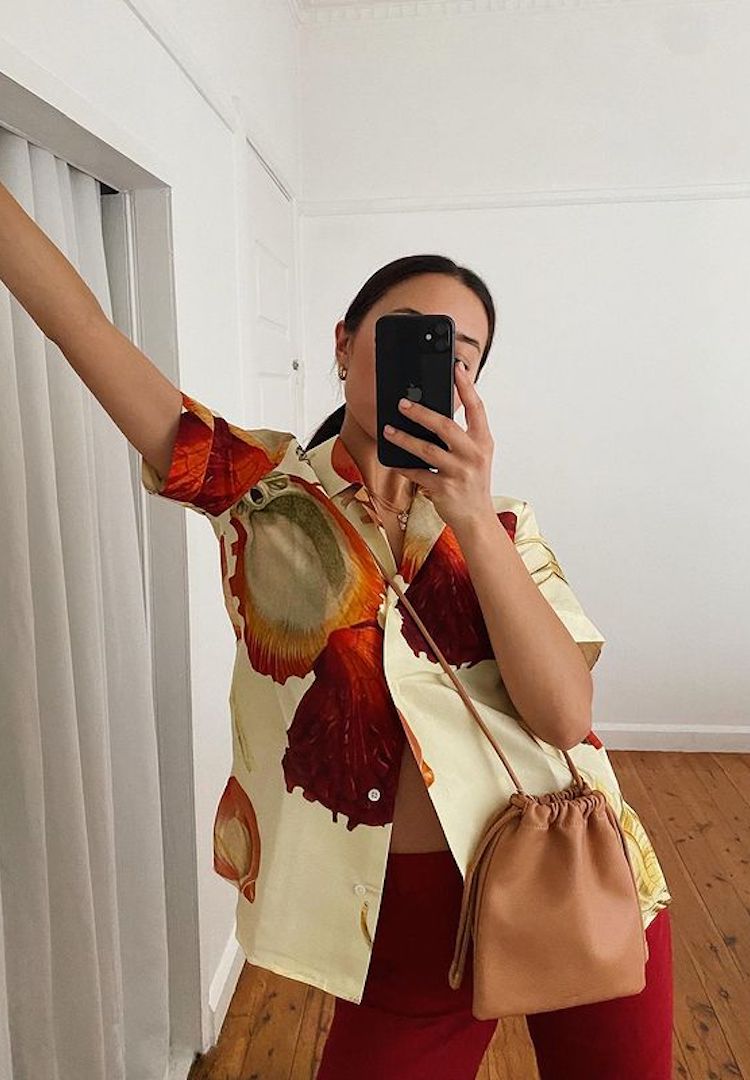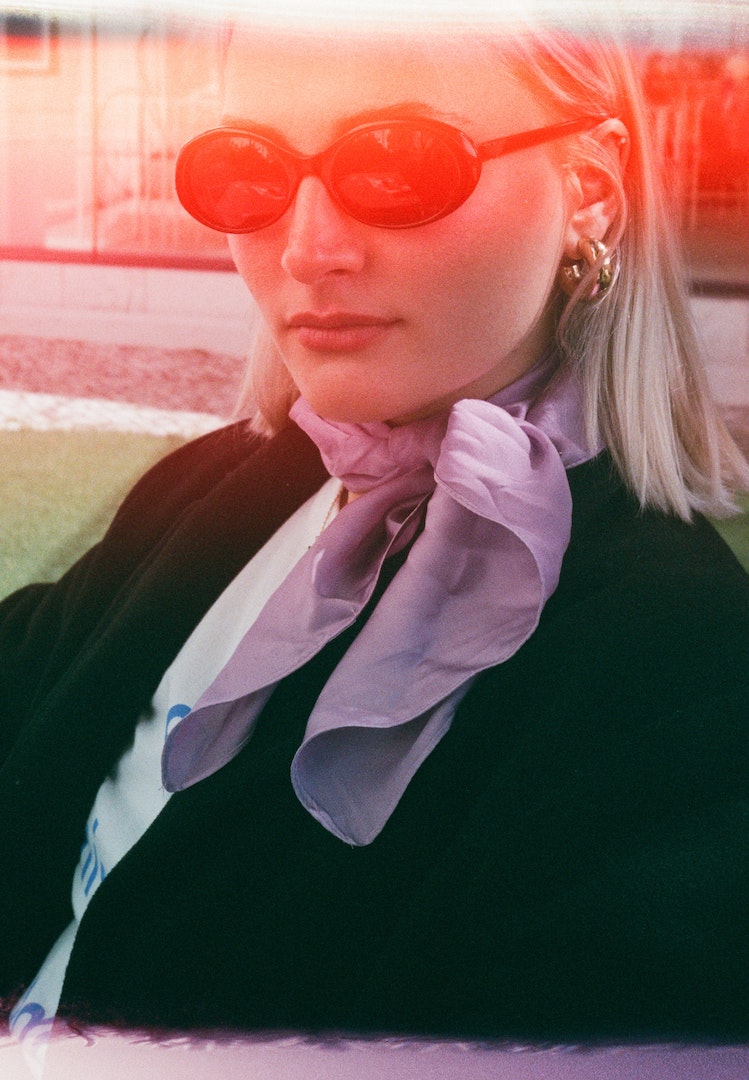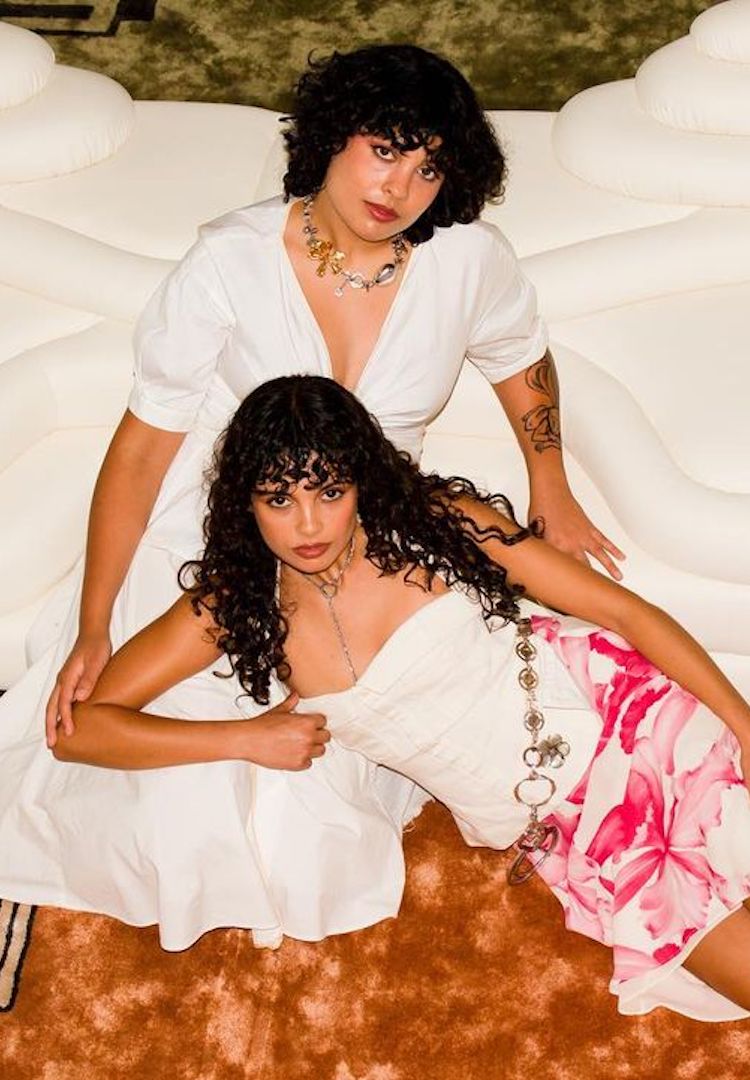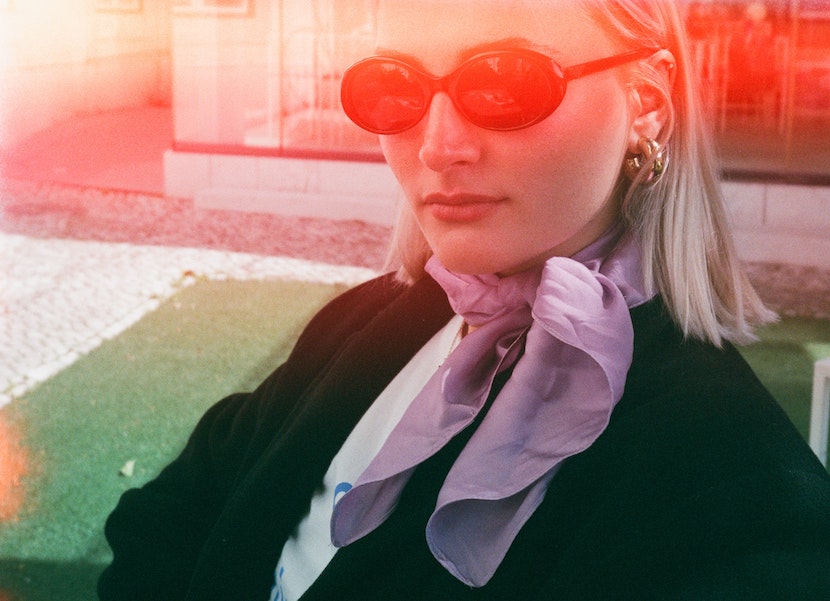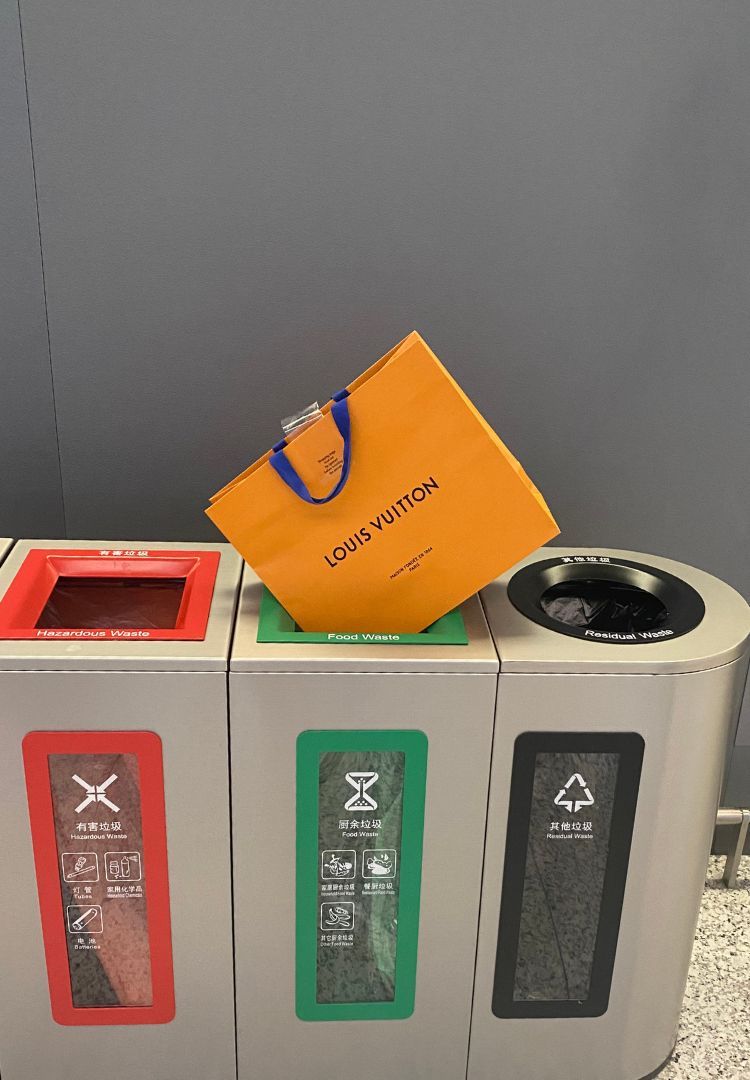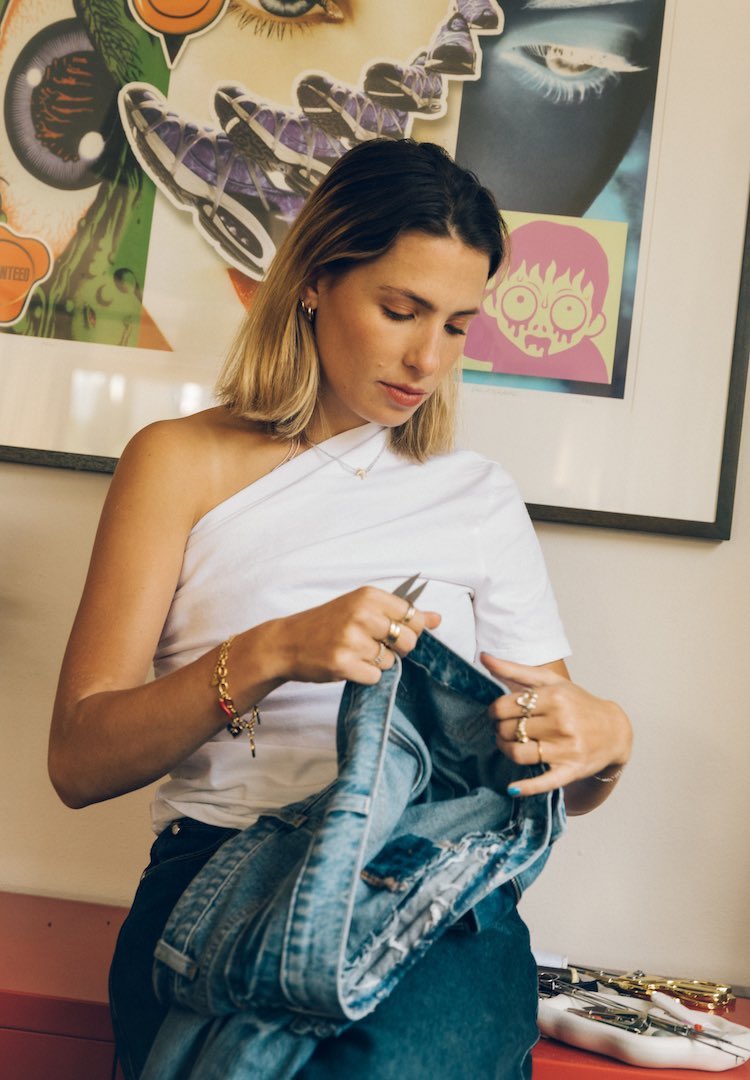What is the shopping hierarchy and how does it explain our purchasing behaviours?
WORDS BY Caroline Zielinski
Should we re-evaluate the way we approach shopping?
If you’re anything like me, chances are impulse purchases feature high on your list of (mostly) regrettable shopping behaviours. When I used to work in an office in the city, I’d often nip out during lunch just to check out the Zara, H&M or even Chemist Warehouse near me.
Rarely did I enter these stores with a particular item in mind. It was purely an exercise in letting off steam, a way to kickstart that dopamine rush after a gruelling morning of work. As a result of this lack of prep and thought, I’ve noticed impulse buys are usually the first items to go in a closet clearout. They are often the worst in terms of quality, and least likely to fit into my overall style.
For more style inspiration, head to our Fashion section.
I find as I get older, I impulse shop much less (but that may have to do with access – I work from home most of the week). I’m also becoming a bit more mindful about my purchases, and have started to try and tap into my gut and precedent whenever I see something pretty.
But what if there was a way to learn these lessons earlier? Fashion writer and analyst Mandy Lee (or @oldloserinbrooklyn on TikTok) recently posted a video about a conceptual shopping hierarchy of, as she calls it, “wanting to add things to your wardrobe”
@oldloserinbrooklyn The shopping hierarchy, an oldloserinbrooklyn production. This is a direct visual of how my brain rationalizes and categorizes shopping and purchasing. #shoppingtips #grails #shopping #fashiontips ♬ original sound – Mandy Lee
She aims to explain the behaviours and motivations underpinning our attitudes towards shopping and, perhaps more thoughtfully, curating the perfect wardrobe. Using Maslow’s ‘Hierarchy of Needs’ pyramid as inspiration, Mandy talks us through her four pyramid levels.
Impulse purchases are at the bottom, followed by wishlist items, investment buys and finally, grail pieces right at the apex. “I think a ‘shopping hierarchy’ is a great way to look at shopping for fashion items and styling your wardrobe,” says fashion and wardrobe stylist, Milana De Mina.
“It makes you more aware of what you actually truly need, as it helps you to identify and understand your own personal shopping habits.” Milana points out that identifying our shopping habits makes us more aware of what we spend the most on and whether we need to re-evaluate the way we approach shopping.
And as prices go up, any advice on how to cut back (without suffering too much) is welcome. “This is an interesting hierarchy, especially when it comes to following it as a guide to curbing your spending,” adds Melbourne stylist and creative consultant Stuart Walford.
“We are heading into uncertain financial times and with circular fashion and consumers wanting to be more sustainable, any system that helps us engage in more conscious shopping behaviours is welcome.”
The impulse buy
It’s 1am, and you’re scrolling in bed on Instagram. You get bombarded with a million ads on all the social platforms, and while you manage to ignore most, you just can’t go past an Aje warehouse sale. Do you need a black minidress? No – but isn’t an LBD always a good idea?
“These impulse purchases usually don’t serve us because not a lot of thought goes behind them,” Milana says. “For example, we don’t tend to ask ourselves important questions when making these types of purchases, such as: How will I style this item? Does this item have longevity? Does it fit in with my current wardrobe?”
Mandy Lee, the creator of the shopping hierarchy, says impulse buys are mostly about access and price points. It’s items you didn’t know about before but purchased in a sale or because they were easy to get. “These purchases happen most often, but add the least amount of value,” Mandy says.
The wishlist purchase
Wishlist purchases are a little more expensive and luxurious, without permanently breaking the bank. Maybe you’ve made a mental note of a dress you love but are waiting to see if it goes on sale, or simply a mental list of designers you love but need to save up a little for (or at least think of a reason to justify it).
“A ‘wishlist’ item is usually one that we have thought about for some time and have decided that we really do want it,” Milana says. “… It’s usually the type of piece that you fantasise about often, and have thought about how it would fit into your existing wardrobe,” she says.
Stuart places the wishlist items in the ‘middle designers’ basket. “I have a tab on my computer with all the links to my wishlist items which I check once a week, and if I’ve had a good month financially I’ll check what’s still available and purchase it.”
Stuart does point out, however, that there’s no one way to measure what constitutes a wishlist item: for some, it may be a $50 pair of sunglasses while for others, it can be a $500 pair of Camilla and Marc pants. “It’s a personal choice based on your individual circumstances,” he says.
The investment
Consider an investment purchase as something not usually trend-based, of very high quality and yes – often of a higher price point. “These are pieces that we have thought about at length, and obsessed over for quite some time and have done extensive research on. These purchases are not items we can easily afford and require saving for,” Melina adds.
Generally speaking, designer handbags, perhaps a beautiful coat that will last forever, make the cut. I still think about my first designer bag purchase – a Louis Vuitton Amarante Vernis Alma PM. I remember the excitement of going into the Melbourne store and inhaling the expensive leather as we were led upstairs to wait on the luxurious couches.
Since then, I have purchased a couple more (a Gucci Marmont in turquoise velvet that I got from Facebook Marketplace, and a Rylan Satchel Bag that I got after finishing a big project). Every time I’ve felt supremely happy with my choices,
“It can be a high-ticket item like a classic high-quality wool coat that is timeless and will be worn for many winters to come, or it could be a luxury handbag… that will serve as your new everyday bag – get that ‘dollar per wear’ up!” De Mina says.
The grail
While a grail purchase can be confused with an investment (and there is often crossover), this item is about far more than just cost. These bad boys are not something you come by every day – they are ultra-special pieces that are not easily attained.
“These pieces can range from particularly high-ticketed items to ones that are simply highly sought after or not easy to find and purchase,” Melina says. Some examples of grail items are archival designer pieces or limited-edition release items. “We would normally spend a lot of time researching and sourcing our ‘grail’ items and they are exceptionally rewarding purchases.”
For Stuart, grail pieces are not easily accessible but have special meaning. “I once had a hat that I lost in a taxi in Japan, and I loved it so much I spent the next few years trying to find it,” he says. “I eventually hunted it down through Vestiaire Collective – same style, limited edition. I love it still.”
As Mandy puts it, a grail item can be a piece of rare vintage, a wedding dress or something you passed by once and didn’t pick up but have regretted ever since. Grail pieces may not make up more than one per cent of our wardrobe, but these are the items we love – and treasure – the most.
For more on making conscious wardrobe choices, head here.

